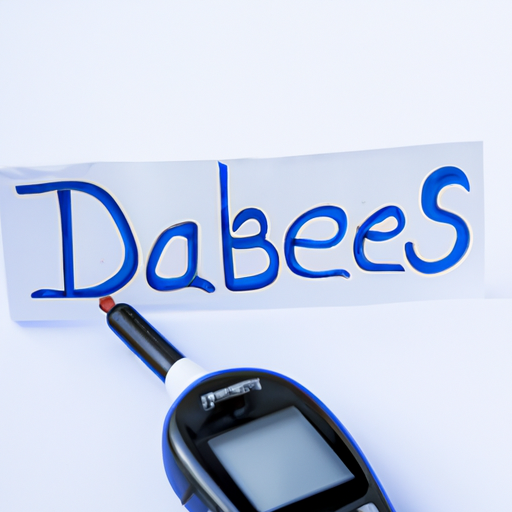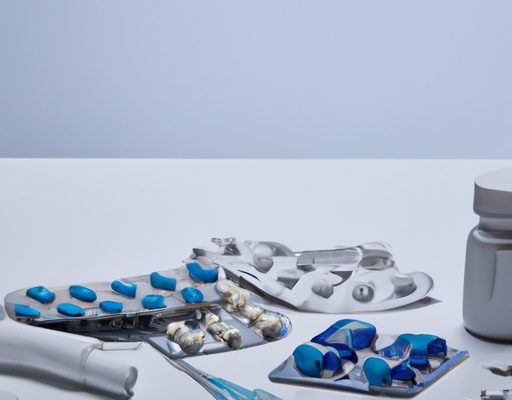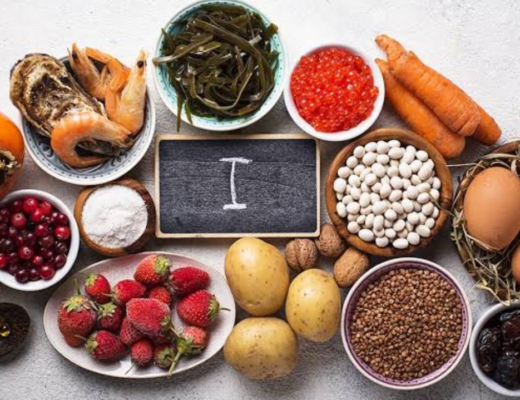Types of Glycation
Glycation is a type of chemical reaction between sugar molecules and protein molecules that proceed without using enzymatic activity. It is found naturally in the human body and can cause serious health issues when uninterrupted. When it comes to diabetes, glycation is involved in the onset and progression of complications as the sugar-protein compound can damage vital organs and systems. Non-Enzymatic Glycation occurs when sugar molecules attach to proteins and lipids, resulting in the formation of Advanced Glycation End-products (AGEs). These AGEs are what lead to the development of ailments such as neuropathy and retinopathy, two of the most common diabetic complications. It is important to keep blood sugar levels in check to avoid this type of glycation.
Glycation and Diabetes
Glycation is a serious problem for many people living with diabetes. The process of non-enzymatic glycation occurs when sugar molecules attach to proteins and fats in the body, causing them to become structurally and functionally impaired. This can lead to damage to organs, tissues, and blood vessels, and it increases the risk of further serious complications such as nerve damage and heart disease. Fortunately, there are some steps that people with diabetes can take to help limit the amount of damage glycation can cause. Regular physical activity, maintaining a healthy weight, and controlling blood glucose levels all play a role in helping to slow the progression of glycation. Eating a balanced diet that is low in sugar and saturated fats can also help, as can taking regular medications to help keep your blood sugar levels in check.
Non-enzymatic Glycation
Non-enzymatic glycation is a process that is proving to be a major factor in the development of diabetes. When glucose enters the bloodstream, it can lead to the formation of advanced glycation endproducts (AGEs). When too much glucose enters the bloodstream, these glycated molecules attach to proteins, lipids, and nucleic acids. This accelerates the process of ageing and damage to tissues, which could contribute to the development of chronic problems such as diabetes. It is important to keep glucose levels under control in order to prevent the glycation process from occurring. Eating a balanced diet and avoiding a high-sugar and high-fat diet can help support proper glycation and reduce the risk of diabetes. Exercise can also help control blood sugar levels, and thereby reduce the risk of non-enzymatic glycation. Proper management of these risk factors can help improve our health significantly and reduce one’s risk of developing diabetes.
Advanced Glycation End-Products
Non-enzymatic glycation involves the reaction of reducing sugars and proteins in the body, and is one of the main culprits in diabetes. This process leads to the formation of Advanced Glycation End-Products (AGEs), which are proteins and lipids that have become altered due to the glycation reaction. AGEs have been linked to a wide range of health issues, including:
- Accelerated aging
- Inflammation
- Increased risk for cardiovascular disease, stroke, and kidney disease
- Nerve damage
- Impaired ability of the body to properly produce or use insulin
As a result, elevated levels of AGEs can be a major factor in diabetes, as well as other chronic diseases. Research has suggested that reducing total AGEs in the body may decrease inflammation, and therefore reduce the risk of diabetes-related health complications.
Effects of Non-enzymatic Glycation
Non-enzymatic glycation is a process that occurs when glucose molecules attach themselves to proteins or lipids without the help of an enzyme. This reaction is unfortunately very common when it comes to those with diabetes. Not only does glycation lead to the formation of advanced glycation end products, but it can directly and indirectly contribute to a number of health problems, including diabetic neuropathy, kidney failure, and eye damage. Those with high levels of non-enzymatic glycation are at an increased risk of developing complications due to diabetes. Therefore, it is important to take steps to reduce levels of non-enzymatic glycation to protect against these potential health risks. This can be done through healthy lifestyle choices, such as diet and exercise, and may also require the assistance of a qualified medical professional.
Prevention and Treatment of Non-enzymatic Glycation
Glycation is a process in which sugars attach themselves to proteins in the body, leading to damage and dysfunction of cells and the development of chronic diseases such as diabetes. Non-enzymatic glycation is a part of this extended process. Learning about non-enzymatic glycation can help people make better decisions to reduce their risk of diabetes and other medical conditions. Fortunately, there are a variety of ways to prevent and treat non-enzymatic glycation. Eating a healthy diet high in fiber and low in refined carbohydrates and sugars is key for glycation prevention. Additionally, regular exercise can help reduce the amount of unhealthy sugars available to attach to proteins. Quercetin, a plant-based flavonoid, has been found to reduce the development of non-enzymatic glycation. It is important to note that quercetin is not a cure, but a possible antioxidant to help prevent damage to proteins. For those who already have diabetes and non-enzymatic glycation, maintaining a strict glycemic index diet can help reduce further damage and keep diabetes under control. As always, discussing prevention and treatment options with a trusted healthcare provider is essential to managing diabetes and non-enzymatic glycation.





No Comments